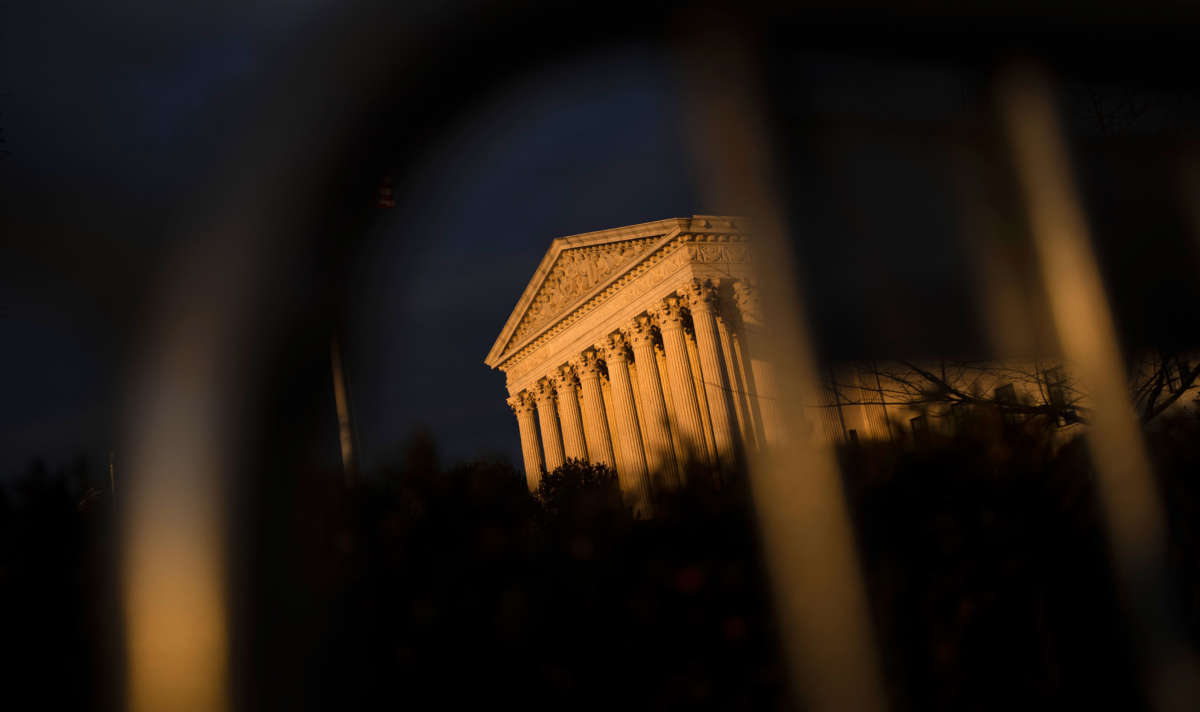On Friday, the United States Supreme Court reinstated the death penalty sentence for Boston Marathon bomber Dzhokhar Tsarnaev.
The 6-3 decision was made strictly along ideological lines — all six conservative bloc justices voted in favor of reinstating Tsarnaev’s death sentence, while all three liberals dissented.
The decision is supported by the Department of Justice (DOJ), which argued in favor of reinstating Tsarnaev’s original sentence last year. Such arguments go against campaign promises made by President Joe Biden, who as a candidate vowed to end the federal death penalty. The choice to argue in favor of Tsarnaev’s death sentence also undermines the department’s moratorium on federal executions, which was implemented last summer by Attorney General Merrick Garland.
The Court’s ruling overturns a 2020 decision by the First Circuit Court of Appeals, which found that not enough attention was given to jury selection bias in the case, and that evidence Tsarnaev wanted to provide during the sentencing stage of his trial was improperly disallowed by the district judge overseeing it.
Justice Stephen Breyer wrote a scathing dissent against the ruling, noting that the problems in the district court trial were not resolved by any precedent that the majority cited in their ruling. Breyer recognized, for example, that Tsarnaev’s lawyers were restricted from sharing evidence that suggested his older brother, Tamerlan, who was killed by law enforcement following the bombings, took a larger role in the criminal acts and induced Dzhokhar to participate, information that could have affected his sentencing outcome.
During the guilt phases of the district court trial, the judge would not allow such evidence to be heard, over fears that a “minitrial” of Tamerlan would distract and confuse the jury from considering Dzhokhar’s case. But as Breyer pointed out, such restrictions have been rejected by the Supreme Court before.
“Indeed, this Court has rejected concerns that distracting minitrials should preclude the Government from introducing evidence about a nondefendant third party to show aggravation,” Breyer wrote. “Why then should the same concern preclude a defendant from introducing similar evidence in mitigation?”
The evidentiary and jury selection problems were just the latest, Breyer added, in a line of troubling issues regarding the federal death penalty that he and other liberal bloc members have recognized in the past few years.
“I have written elsewhere about the problems inherent in a system that allows for the imposition of the death penalty,” Breyer said. “This case provides just one more example of some of those problems.”
Our most important fundraising appeal of the year
December is the most critical time of year for Truthout, because our nonprofit news is funded almost entirely by individual donations from readers like you. So before you navigate away, we ask that you take just a second to support Truthout with a tax-deductible donation.
This year is a little different. We are up against a far-reaching, wide-scale attack on press freedom coming from the Trump administration. 2025 was a year of frightening censorship, news industry corporate consolidation, and worsening financial conditions for progressive nonprofits across the board.
We can only resist Trump’s agenda by cultivating a strong base of support. The right-wing mediasphere is funded comfortably by billionaire owners and venture capitalist philanthropists. At Truthout, we have you.
We’ve set an ambitious target for our year-end campaign — a goal of $225,000 to keep up our fight against authoritarianism in 2026. Please take a meaningful action in this fight: make a one-time or monthly donation to Truthout before December 31. If you have the means, please dig deep.
